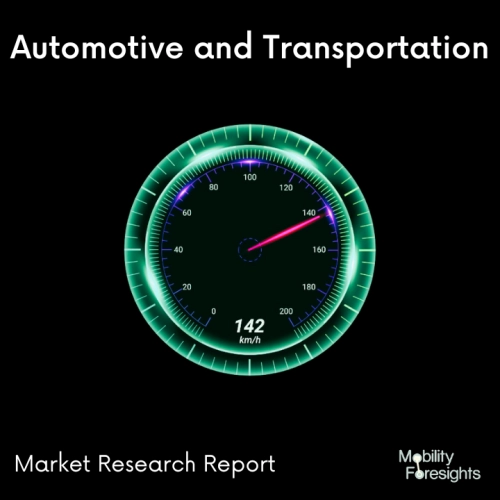
- Get in Touch with Us

Last Updated: Apr 25, 2025 | Study Period: 2023-2030
All the parts and systems of a car, from the wheels and body to the suspension and engine, are connected to and supported by the chassis.
Saving weight is especially beneficial in automotive chassis components when it comes to enhancing performance, road-holding, comfort, and efficiency because all unsprung masses of a vehicle are a part of its chassis.
The joining of seats, spoilers, tailgates, side skirts, bumpers, headlights, dashboards, and other car parts using automotive adhesives. In the automotive industry, they are also used to connect newer materials such coated metals, aluminium, and others.
A vehicle frame, the portion of a car underneath which the body is affixed, is an example of a chassis; if the running gear, such as the wheels and transmission, and occasionally even the driver's seat, are included, then the assembly is called a chassis.

The Global automotive Chassis adhesives market accounted for $XX Billion in 2022 and is anticipated to reach $XX Billion by 2030, registering a CAGR of XX% from 2023 to 2030.
New Adhesive from Dow Automotive Designed for Lightweight Vehicle Construction In order to assist lightweight construction, which results in higher fuel efficiency, a novel composite bonding adhesive created by Dow Automotive Systems is currently being utilised in the Audi R8 and the Lamborghini Huracan, among other vehicles.
The combining of lightweight materials is made possible by Betaforce composite bonding adhesives, which aids automotive makers in achieving a variety of objectives, including higher fuel efficiency and lower carbon dioxide emissions.In order to connect composite materials together, Dow created Betaforce.
In order to lighten vehicles, Audi and its sibling company Lamborghini use carbon fibre and coated aluminium to bind structural elements like pillars and tunnels.
The structure of the Lamborghini Huracan is made of hybrid aluminium and carbon fibre. Additionally, betaforce increases static and dynamic stiffness and load-bearing capacity, resulting in a vehicle with higher safety, a quieter ride, improved handling, and a longer lifespan.
The structural adhesives also offer processing advantages including connecting carbon fibre without the need for pretreatment and balanced mechanical properties with the best stiffness and driving characteristics.
| Sl no | Topic |
| 1 | Market Segmentation |
| 2 | Scope of the report |
| 3 | Abbreviations |
| 4 | Research Methodology |
| 5 | Executive Summary |
| 6 | Introduction |
| 7 | Insights from Industry stakeholders |
| 8 | Cost breakdown of Product by sub-components and average profit margin |
| 9 | Disruptive innovation in the Industry |
| 10 | Technology trends in the Industry |
| 11 | Consumer trends in the industry |
| 12 | Recent Production Milestones |
| 13 | Component Manufacturing in US, EU and China |
| 14 | COVID-19 impact on overall market |
| 15 | COVID-19 impact on Production of components |
| 16 | COVID-19 impact on Point of sale |
| 17 | Market Segmentation, Dynamics and Forecast by Geography, 2023-2030 |
| 18 | Market Segmentation, Dynamics and Forecast by Product Type, 2023-2030 |
| 19 | Market Segmentation, Dynamics and Forecast by Application, 2023-2030 |
| 20 | Market Segmentation, Dynamics and Forecast by End use, 2023-2030 |
| 21 | Product installation rate by OEM, 2023 |
| 22 | Incline/Decline in Average B-2-B selling price in past 5 years |
| 23 | Competition from substitute products |
| 24 | Gross margin and average profitability of suppliers |
| 25 | New product development in past 12 months |
| 26 | M&A in past 12 months |
| 27 | Growth strategy of leading players |
| 28 | Market share of vendors, 2023 |
| 29 | Company Profiles |
| 30 | Unmet needs and opportunity for new suppliers |
| 31 | Conclusion |
| 32 | Appendix |